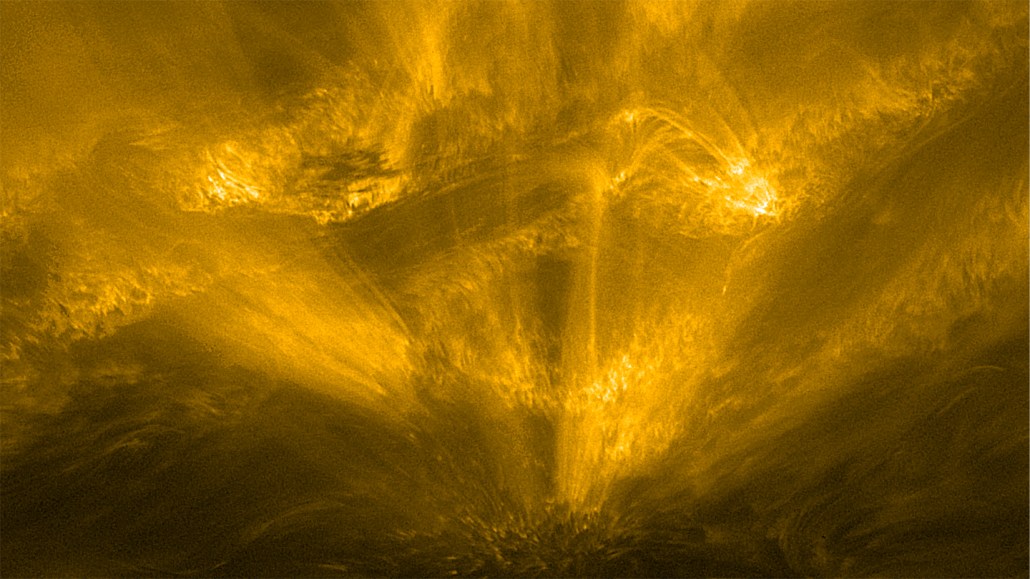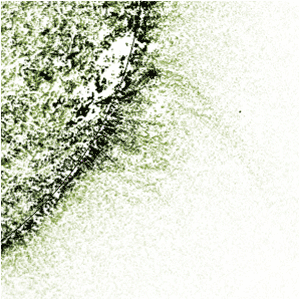
Meet the “hedgehog,” a newly found feature on the sun that appears to radiate spiky jets of cooler gas against a background of hotter plasma. This spiky feature is in the bottom third of the image, below the center.
EUI team/Solar Orbiter/ESA and NASA








